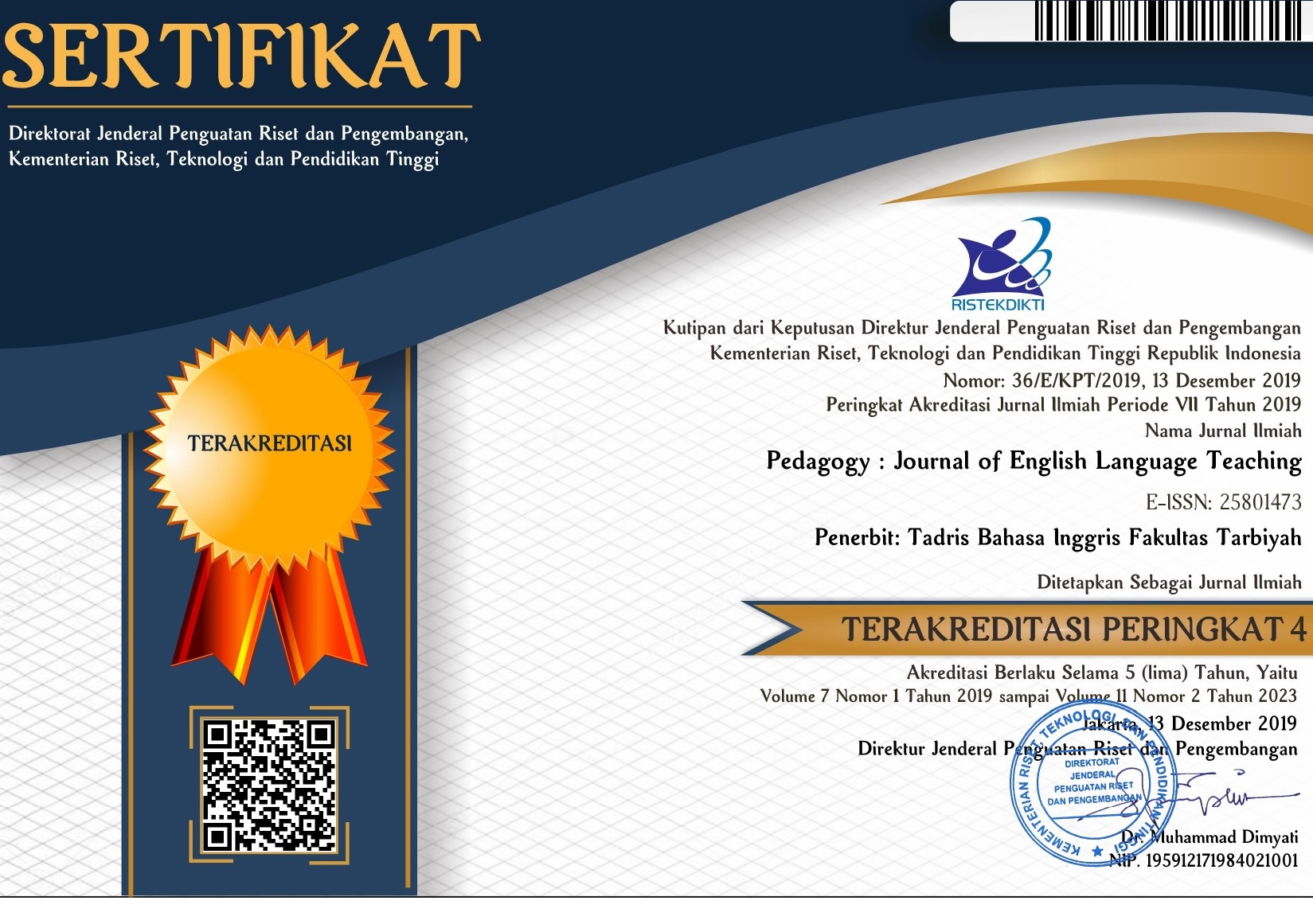An Analysis of Convergence in Speaking Skills among the Eleventh-Graders
DOI:
https://doi.org/10.32332/joelt.v10i1.4986Keywords:
English, language, convergence, speaking skills, utterance lengthAbstract
Communication’s objective is to deliver information from one person to another. People adapt their communication in everyday life in order to attain the purpose of communication. It can be shown which features of convergence mostly appeal appear communication-related to the reason for it. The aim of this study is to analyze the English convergence in speaking skills among the eleventh-grade students at senior high school in Lampung Tengah, Indonesia. It is especially interested in analyzing the most dominant feature of convergence and why the students have it when speaking English. In this study, a qualitative method using a case study approach was applied. The participants were chosen from a group of sixteen eleventh graders. A classroom observations sheet and interview session were used to collect the data. The result of the study shows that the most dominant feature of convergence in speaking skills among the eleventh graders at senior high school in Lampung Tengah, Indonesia is Utterance Length. Utterance length involves Listening and Clarifying. All students certainly listen to the interlocutor and are speechless while clarifying. Secondly, the reason for the eleventh graders at senior high school in Lampung Tengah, Indonesia apply convergence is to be attracted by others and evoke social status.
















